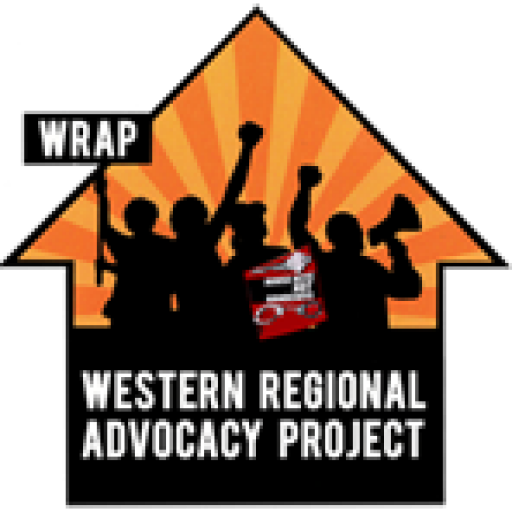![]()
The struggles and hopes of homeless people have changed as views of government’s role in society have changed. During the Depression many unemployed families lived in Hoovervilles, informal shantytowns named with conscious irony after the president who had promised Americans a “permanent plateau of
prosperity.”
The US Government responded with programs to put people to work and provide basic housing. The success of these programs can be seen in the buildings, dams, bridges and artwork created by the New Deal as well as in the legacy of government programs such as Social Security that created an economic safety net for Americans.
By the late 1970s the government’s role had shifted so that social programs of all kinds were portrayed as a burden on the American taxpayer, a handout for lazy people, and eventually as itself a cause of poverty.
In this era artists, began to take a more adversarial role in challenging government and society’s indifference. Artists allied themselves with activism and worked to encourage society to recognize the need to offer a protection from the whims of fate.












